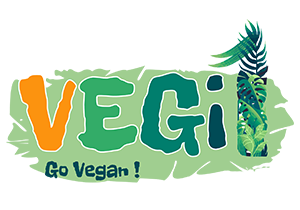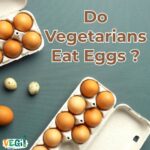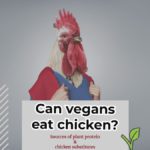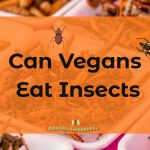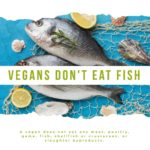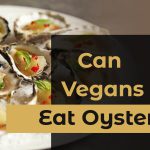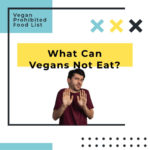Can Vegans Eat Bread? The Ultimate Guide to Vegan Bread
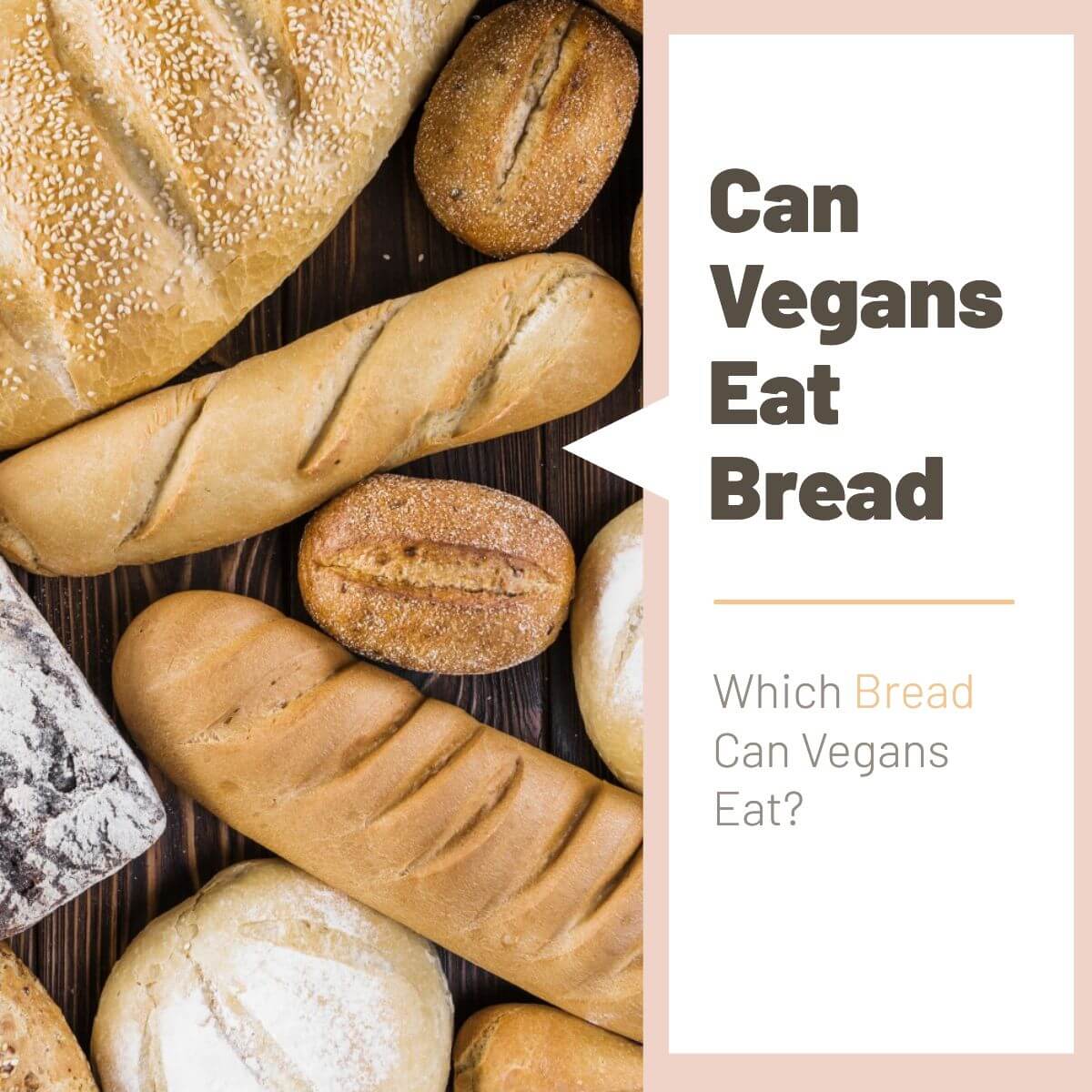
It’s a common question among those starting a vegan lifestyle: can vegans eat bread? The answer is yes, but it’s important to understand what vegan bread is and what to look for when selecting a bread product. This article will cover vegan bread, its ingredients, what to consider when eating bread as a vegan, as well as vegan bread recipes and brands. Read on to learn all about vegan bread!
In this article you will read:
Introduction – What is Veganism?
Veganism is a lifestyle that excludes the use of animal products, such as meat, dairy, and eggs. Vegans also typically avoid animal-derived ingredients such as gelatin, beeswax, and honey. Instead, vegans focus on consuming plant-based foods like fruits, vegetables, grains, and legumes. To be considered vegan, a product must not contain any animal products or byproducts.
Vegans are often faced with the daunting task of figuring out what foods they can and can’t eat. While some foods, such as fruits and vegetables, are obviously vegan, some foods, such as bread, are not so clear-cut. So, can vegans eat bread? The answer is yes, but it’s not as simple as you might think.
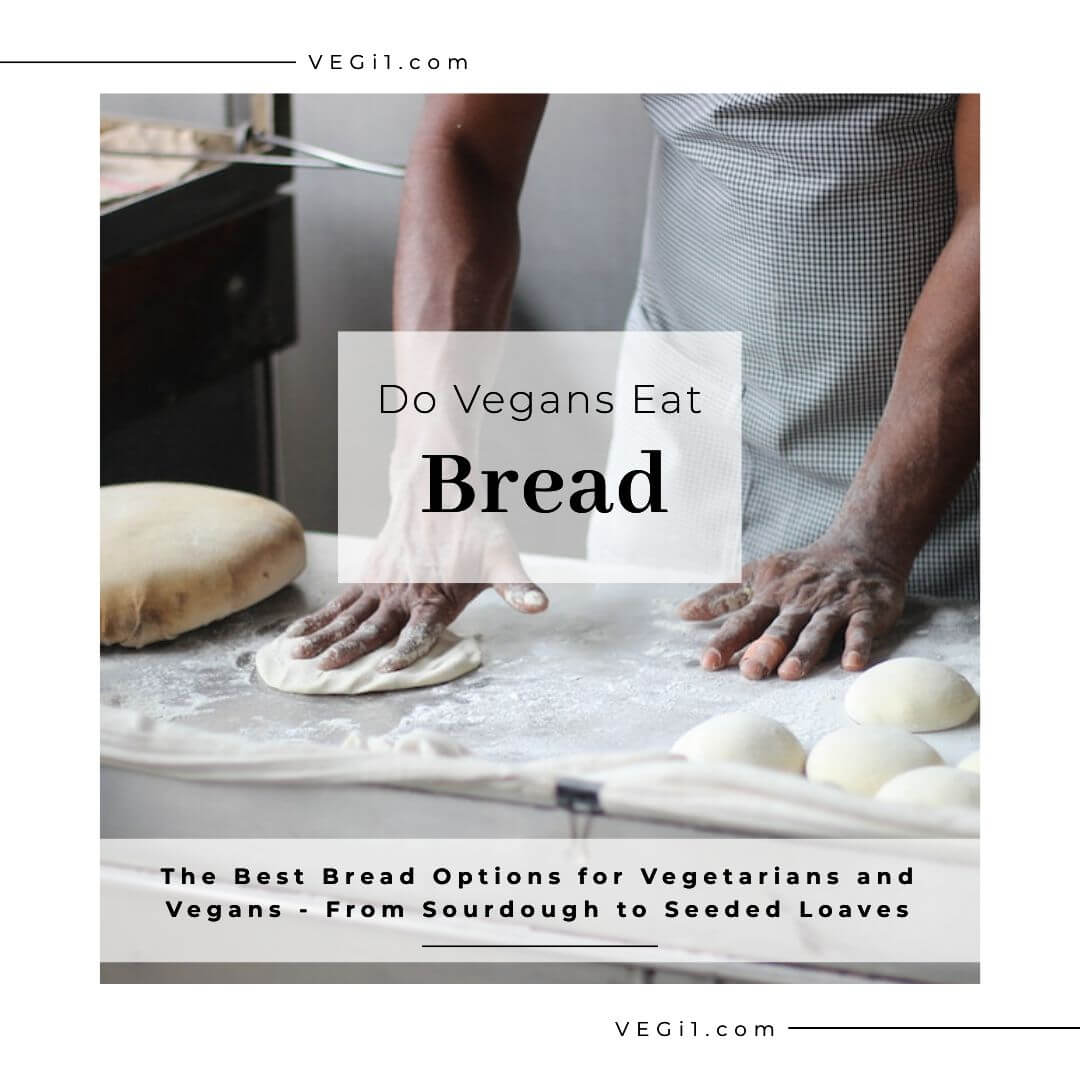
Is Bread Vegan? Bread Ingredients and Which are Not Vegan
When people come to me with questions like ‘why are you vegan?’, ‘is it unhealthy to be vegan?’ and ‘is it possible to travel as a vegan?’, the questions I hear the most are “can vegans eat pasta?” and “can vegans eat bread?” (Don’t worry, the answer to both is usually a resounding yes!).
It’s understandable why this might be confusing. Most folks have an idea of what vegetarians can and can’t eat: no meat, right? But it’s not always that clear-cut. Sweets, parmigiano cheese, and some beers can contain animal products and not look like what they are. So it’s not too surprising that some people want to double-check if bread and pasta are vegan-friendly.
Bread can be vegan, but not all bread is vegan. Many breads contain animal products, such as eggs, butter, milk, whey or milk powder. The best way to know if bread is vegan is to read the label carefully and look for any animal-derived ingredients or products.
What is Vegan Bread?Vegan bread is the bread that is made without any animal products or byproducts. Vegan bread can include white bread, wheat bread, rye bread, sourdough bread, and other bread varieties. Vegan bread is typically made with a combination of flour, yeast, and plant-based ingredients such as olive oil, water, and sugar.
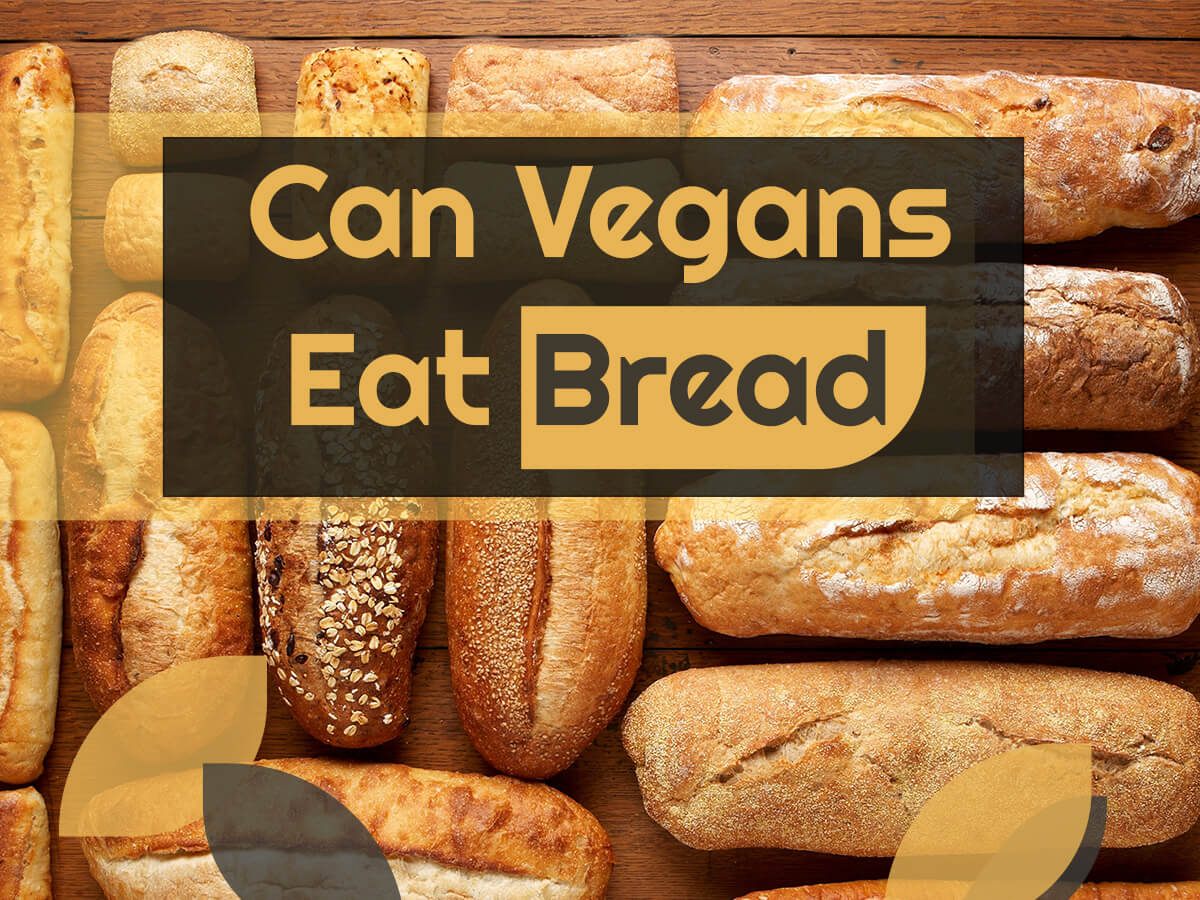
What Makes a Bread NOT Vegan? How to easily identify vegan bread (tip!)
Unfortunately, not all breads are vegan-friendly. It’s important to read the label to make sure the bread does not contain any animal products, such as eggs, dairy, or honey. Additionally, it’s important to look out for added sugars, oils, and preservatives, which can be unhealthy.
Is Yeast Vegan? Exploring the World of Yeast and Substitutes for Vegans
Yeast is generally considered to be vegan. Yeast is a single-celled organism that does not have any animal products or byproducts in it, making it a suitable ingredient for vegan diets. Yeast is also an important source of B vitamins and minerals, which are essential for a healthy vegan diet.
There are many types of yeast available on the market that are suitable for vegan diets, including active dry yeast, rapid-rise yeast, bread machine yeast, and nutritional yeast. Active dry yeast is the most common type of yeast used in baking and is made from dried granules of Saccharomyces cerevisiae, an organism that grows naturally in grapes, apples, and other fruits. Rapid-rise yeast is a newer type of yeast that works more quickly than active dry yeast, allowing breads and other baked goods to rise faster. Bread machine yeast is specifically designed for use in bread machines, and nutritional yeast is a deactivated form of yeast that is often used as a cheese substitute in vegan cooking.
In addition to yeast, there are many other vegan substitutes that can be used in place of yeast when baking or cooking. These include ground flaxseeds, chia seeds, baking powder, baking soda, and xanthan gum. Ground flaxseeds are a great vegan substitute for eggs in baking recipes, and chia seeds can help bind ingredients together and add moisture to baked goods. Baking powder and baking soda provide leavening and help baked goods rise, and xanthan gum can be used to replace gluten, which is found in traditional wheat-based yeasts.
Overall, yeast is a great vegan ingredient that can be used bread.
What is casein? Exploring the Benefits of Casein: A Comprehensive Guide
Casein is a type of protein found in milk, cheese, and other dairy products. It is often used in bread, pastries, and other baked goods to improve texture and shelf life. Unfortunately, casein is not vegan, as it is derived from milk. However, there are some vegan-friendly alternatives to casein, such as soy protein, pea protein, and vegetable protein.
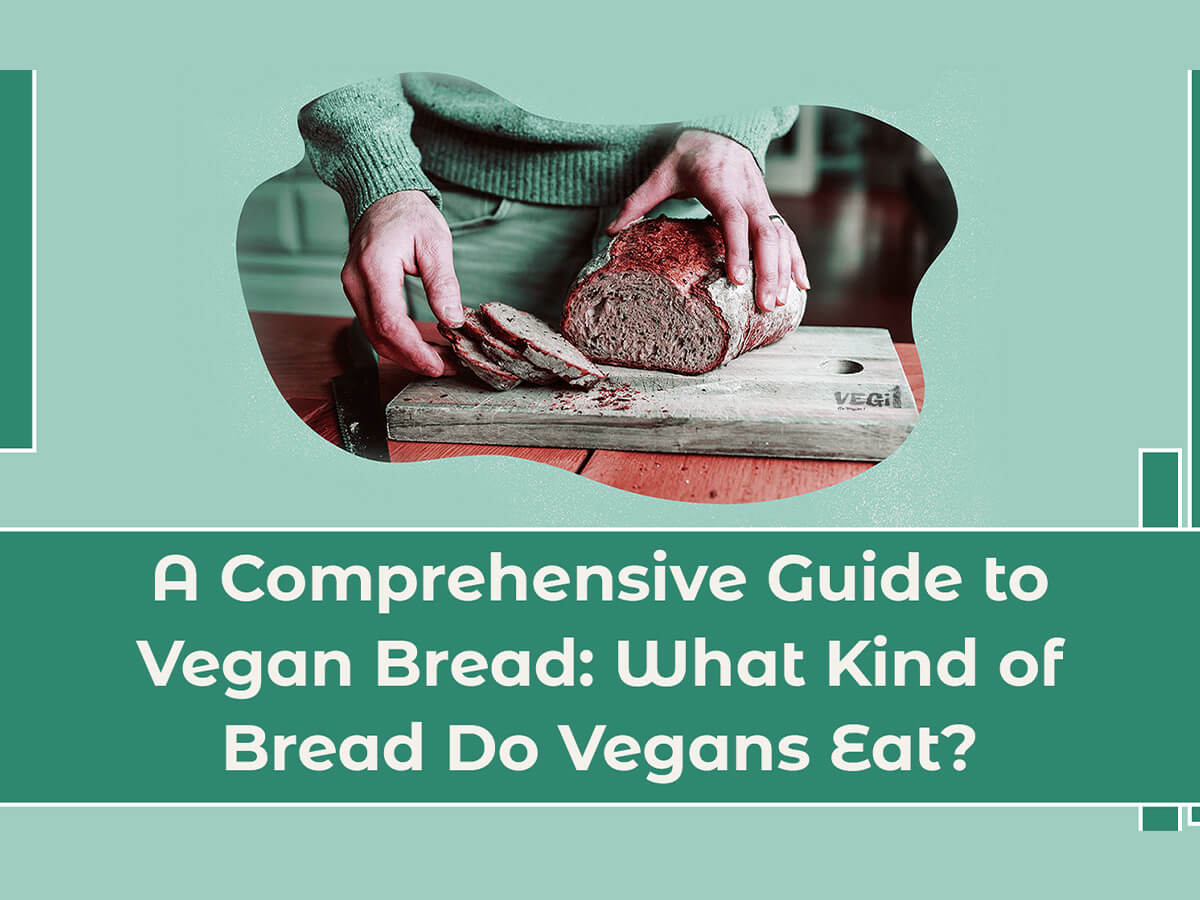
A Comprehensive Guide to Vegan Bread: What Kind of Bread Do Vegans Eat?
What Kind of Bread Do Vegans Eat? A Comprehensive Guide To Vegan-Friendly Breads
There are many different types of vegan-friendly breads available. Some of the most popular vegan breads include whole-grain breads, sprouted breads, flatbreads, and sourdough breads.
Vegan breads can be made from a variety of ingredients, including whole grains, legumes, nuts, and seeds.
Whole-grain breads are a great source of fiber and are made from whole grains, such as wheat, spelled, rye, buckwheat, or barley. Sprouted breads are made from sprouted grains, which are easier to digest and may have more nutrients than regular whole-grain breads. Flatbreads are a type of unleavened bread that is made without yeast and is usually made from flour and water. Sourdough breads are a type of fermented bread that is made with a levain, or a sourdough
When choosing vegan bread, it’s important to read the label to make sure that there are no animal products, such as eggs, dairy, or honey, in the ingredients. Additionally, it’s important to check that the bread does not contain any added sugars or oils, which can be unhealthy.
Is Wheat Bread Vegan? Examining the Ingredients and Health Benefits
Wheat bread is generally vegan, as it is made from wheat flour and other vegan-friendly ingredients, such as water, yeast, and salt. Wheat bread can be a healthy choice for vegans, as it is a good source of fiber, protein, and essential vitamins and minerals. However, it’s important to read the label to make sure the bread does not contain added sugars or oils.
Delicious No-Oil, No-Sugar WFPBNO Breads You Can Make At Home
Vegan bread doesn’t have to be complicated or time-consuming to make. With just a few simple ingredients, you can make delicious no-oil, no-sugar WFPBNO (whole foods plant-based no oil) breads at home. All you need is flour, salt, yeast, and water. Simply mix the ingredients, knead the dough, let it rise, shape it into a loaf, and bake.
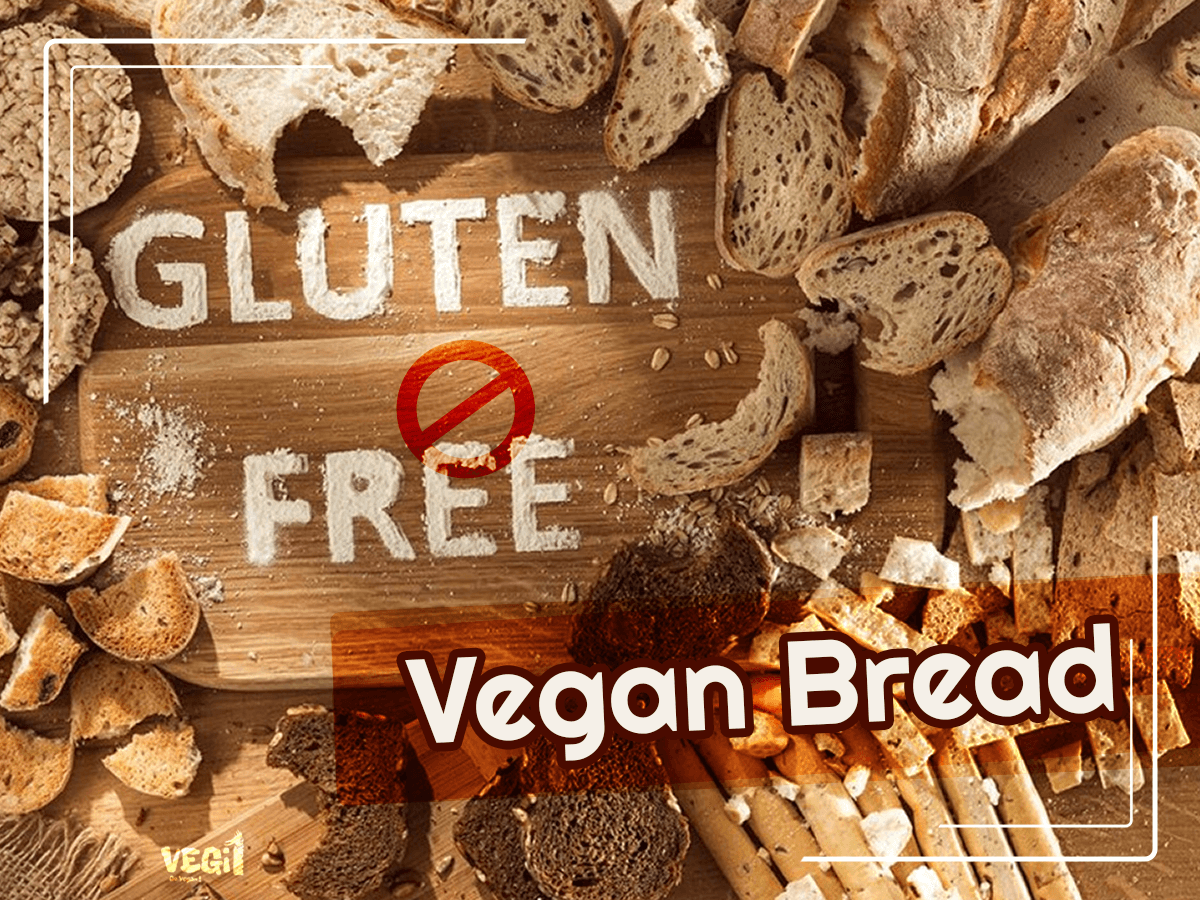
Gluten-Free Vegan Bread:Is Gluten-Free Bread Healthier Than Regular Bread?
Gluten-free breads can be a healthier option for some people, as they are made without gluten, which can be difficult for some people to digest. Many vegans are also gluten-free diet, so it’s important to look for bread that is both vegan and gluten-free. Gluten-free vegan bread is made without the use of wheat, barley, or rye and is typically made with a gluten-free flour such as almond flour or rice flour. Gluten-free vegan bread is a great option for those who are allergic to gluten or have celiac disease.
Is whole wheat bread whole grain?
Yes, whole wheat bread is considered to be whole grain bread. Whole grain bread is made from the entire grain, including the bran, germ, and endosperm, which contain fiber, vitamins, and minerals. Whole grain bread is generally a healthier choice than white bread, as they are higher in fiber and essential vitamins and minerals.
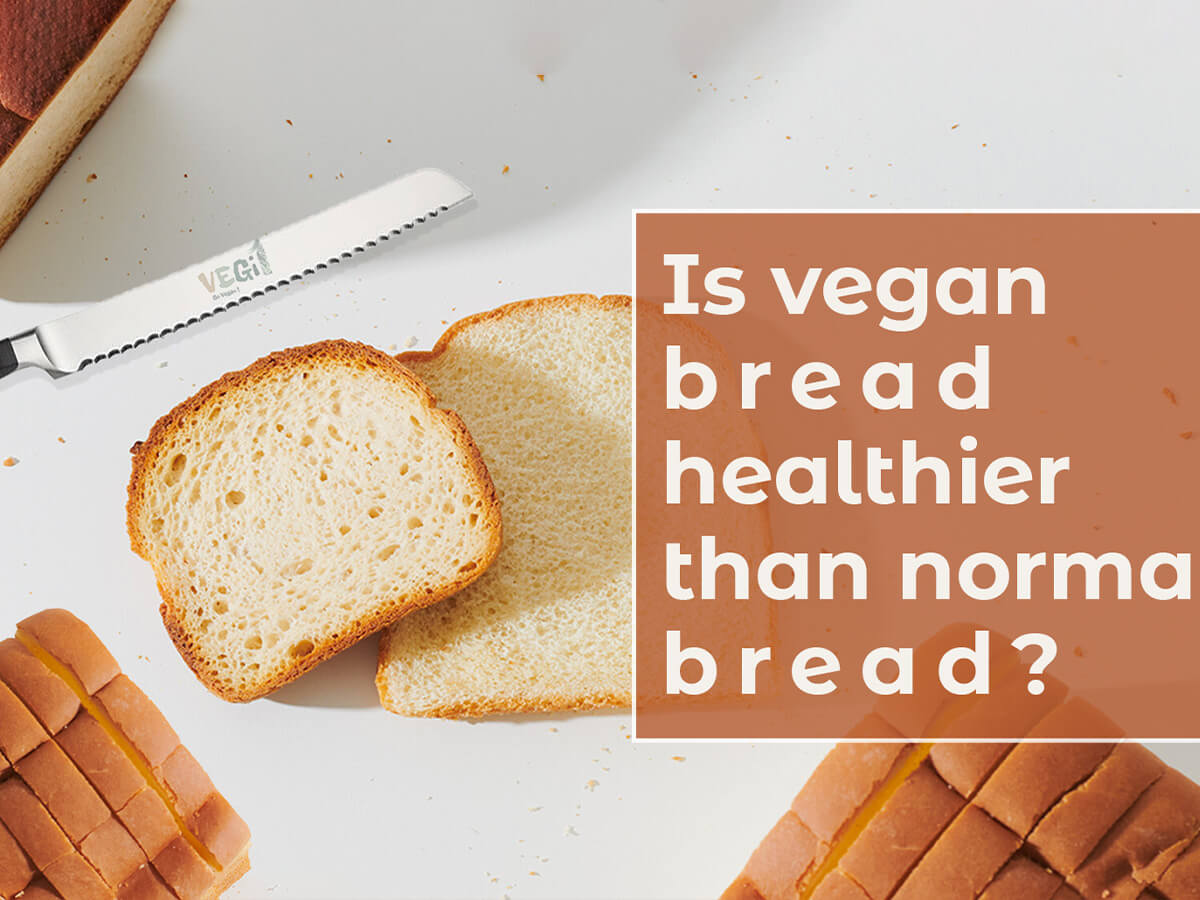
The Debate on White Bread Vs. Whole Wheat Bread: the Pros and Cons of Whole Wheat and White Bread
White bread and whole wheat bread are both popular choices for vegans, but which is better for you? Whole wheat bread is generally the healthier choice, as it is made from whole grains and is higher in fiber and essential vitamins and minerals than white bread. White bread, on the other hand, is made from refined wheat flour, which has been stripped of some of its nutrients. White bread is also higher in sugar and sodium than whole wheat bread.
What is “sprouted” bread? Exploring the Health Benefits of Sprouted Bread: How Can You Make It?
Sprouted bread is a type of bread that is made from sprouted grains. Sprouted grains are grains that have been soaked and allowed to germinate, which makes them easier to digest and may increase the nutrient content of the grains. Sprouted breads are a healthy choice for vegans, as they are high in fiber, vitamins, and minerals. Sprouted breads can be made at home using sprouted grains, yeast, and water.
What Breads Are Dairy-Free and How to Find Dairy-Free Breads
Many breads contain dairy products, such as milk, butter, or cheese. To find dairy-free bread, look for bread that is labeled as vegan or dairy-free. Additionally, it’s important to read the label carefully to ensure that the bread does not contain any animal-derived ingredients or products.
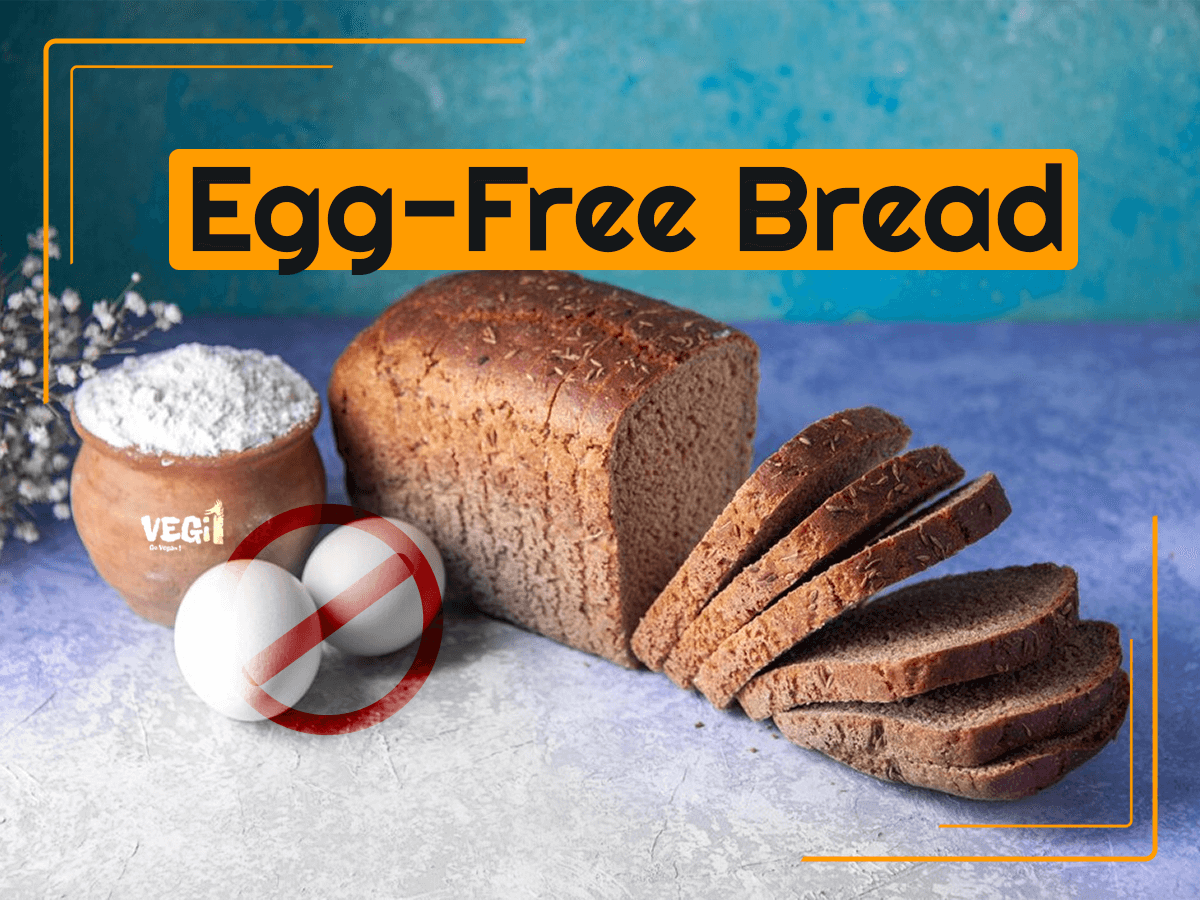
Egg-Free Breads
Eggs are commonly used in bread recipes, but it is possible to make egg-free bread. To make egg-free bread, look for recipes that use aquafaba (the liquid from canned chickpeas) or a flax egg (a combination of ground flaxseed and water). Additionally, many store-bought vegan breads are egg-free.
Benefits of Egg-Free and Dairy-Free Vegan Bread:
- Egg-free and dairy-free vegan breads is a great option for those who are allergic to eggs or dairy.
- Egg-free and dairy-free vegan bread are also lower in cholesterol and saturated fat than traditional bread.
- Additionally, vegan breads are often higher in fiber, vitamins, and minerals than traditional bread.
The Best Bread for Vegan Athletes
Vegan athletes need to ensure they are getting enough protein, carbohydrates, and healthy fats in their diet. Whole-grain bread is a great source of carbohydrates and provides essential vitamins and minerals. For added protein, try adding nut butter, tofu, or hummus to your bread. For healthy fats, try adding avocado or flaxseed oil to your bread.
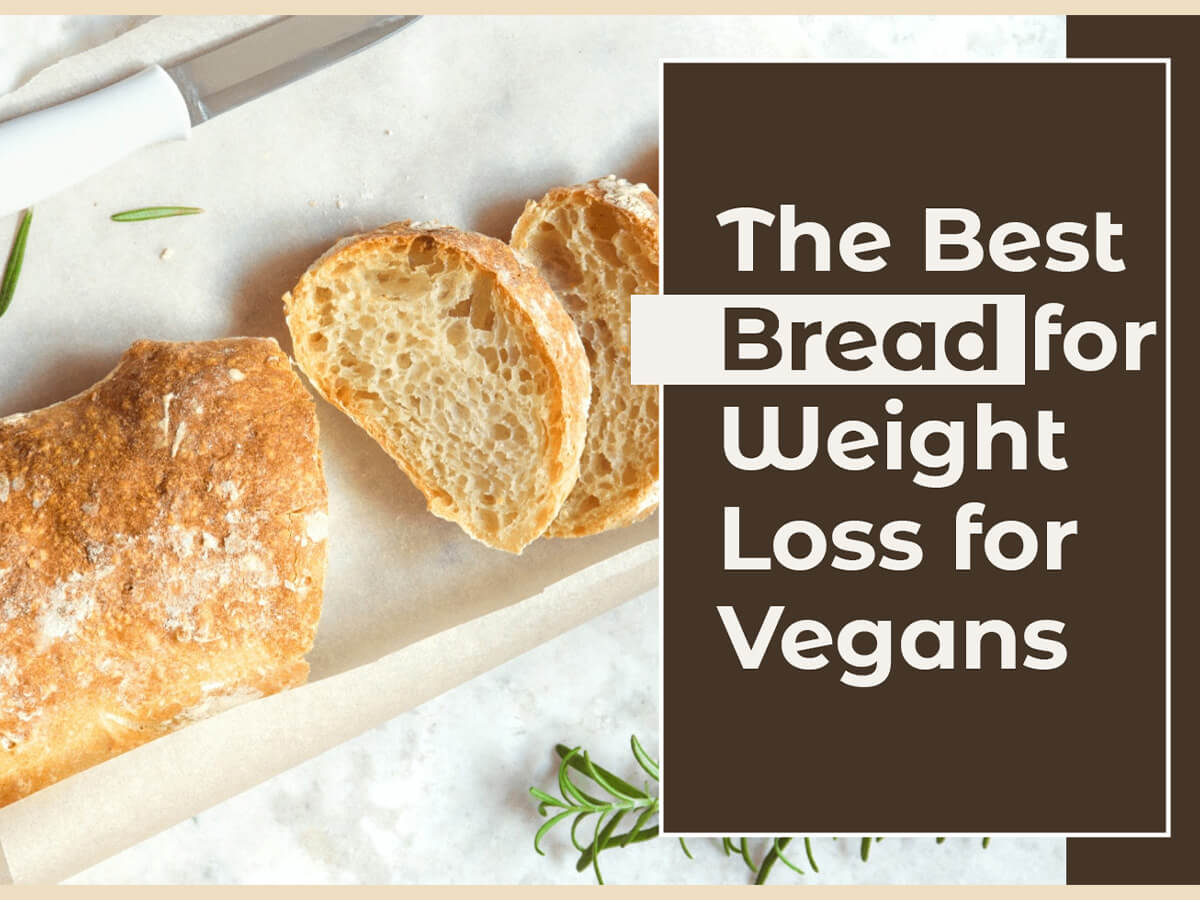
A Guide to Finding the Best Bread for Weight Loss: What To Look For and What To Avoid!
When it comes to choosing the best bread for weight loss, it’s important to look for bread that is made from whole grains, is low in calories, and is high in fiber. Whole grain bread is generally a healthier choice than white bread, as they are higher in fiber and essential vitamins and minerals. Whole-grain bread helps keep you feeling full for longer and can aid in weight loss. Additionally, it’s important to avoid bread that is high in calories, sugar, and sodium.
Look for bread that is made with whole grains, such as whole wheat, oats, or rye. Additionally, try adding healthy toppings such as nuts, seeds, nut butter, or avocado to add more fiber and healthy fats to your bread.
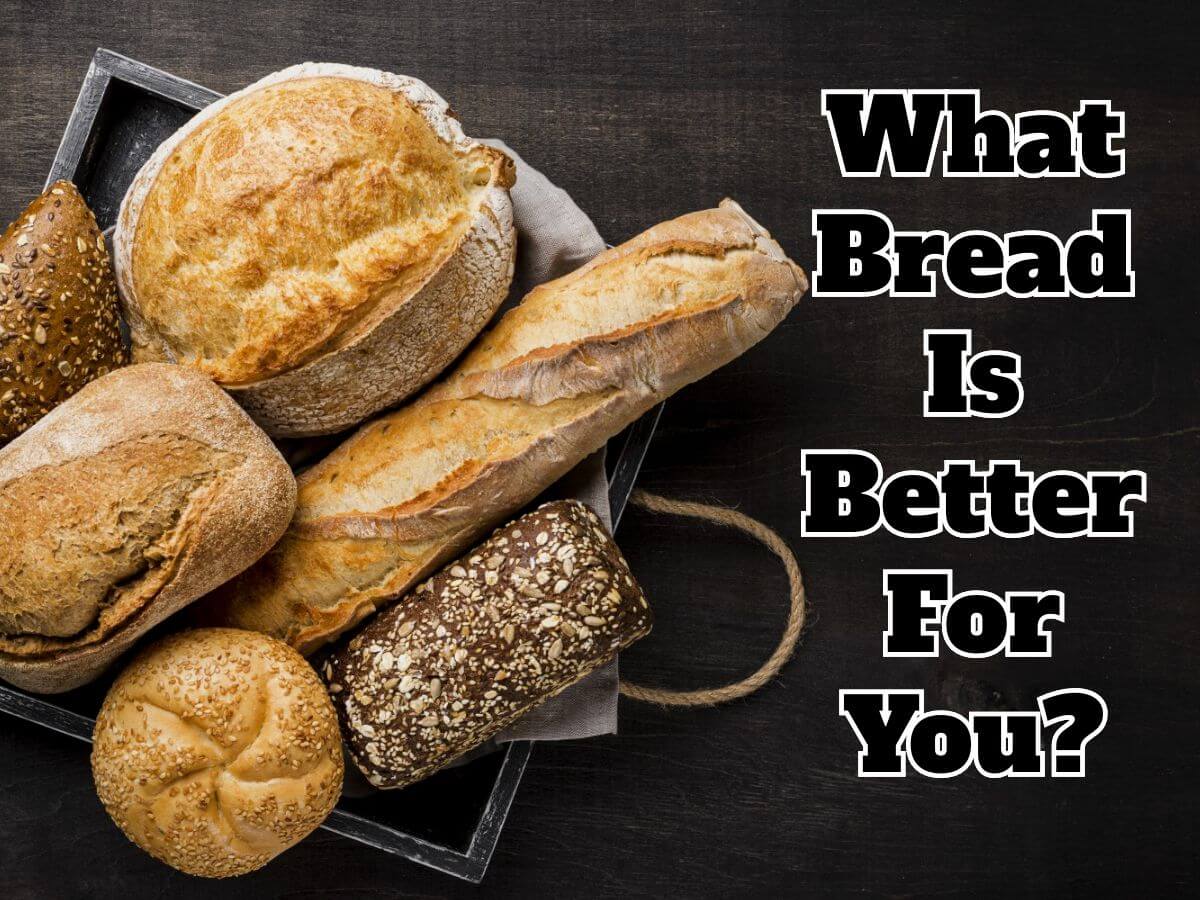
What bread is better for you? A Comprehensive Guide to Different Types of Bread and Which is Healthier
When it comes to choosing healthy bread, whole-grain breads are generally the best choice. Whole grain breads are made from whole grains, which are packed with fiber and essential vitamins and minerals. Whole grain breads are also higher in protein than white breads, which makes them a better choice for vegans. However, it’s important to read the label to make sure the bread is made from 100% whole grains and does not contain added sugars or oils.
Sprouted bread are also a good choice for vegans, as they are made from sprouted grains, which are easier to digest and may have more nutrients than regular whole-grain bread. Sourdough bread are also a good choice, as they are fermented and may have more nutrients than regular bread.
When it comes to choosing healthy bread, whole-grain breads are generally the best choice. Whole grain breads are made from whole grains, which are packed with fiber and essential vitamins and minerals. Whole grain breads are also higher in protein than white breads, which makes them a better choice for vegans. However, it’s important to read the label to make sure the bread is made from 100% whole grains and does not contain added sugars or oils.
Sprouted bread are also a good choice for vegans, as they are made from sprouted grains, which are easier to digest and may have more nutrients than regular whole-grain bread. Sourdough bread are also a good choice, as they are fermented and may have more nutrients than regular bread.
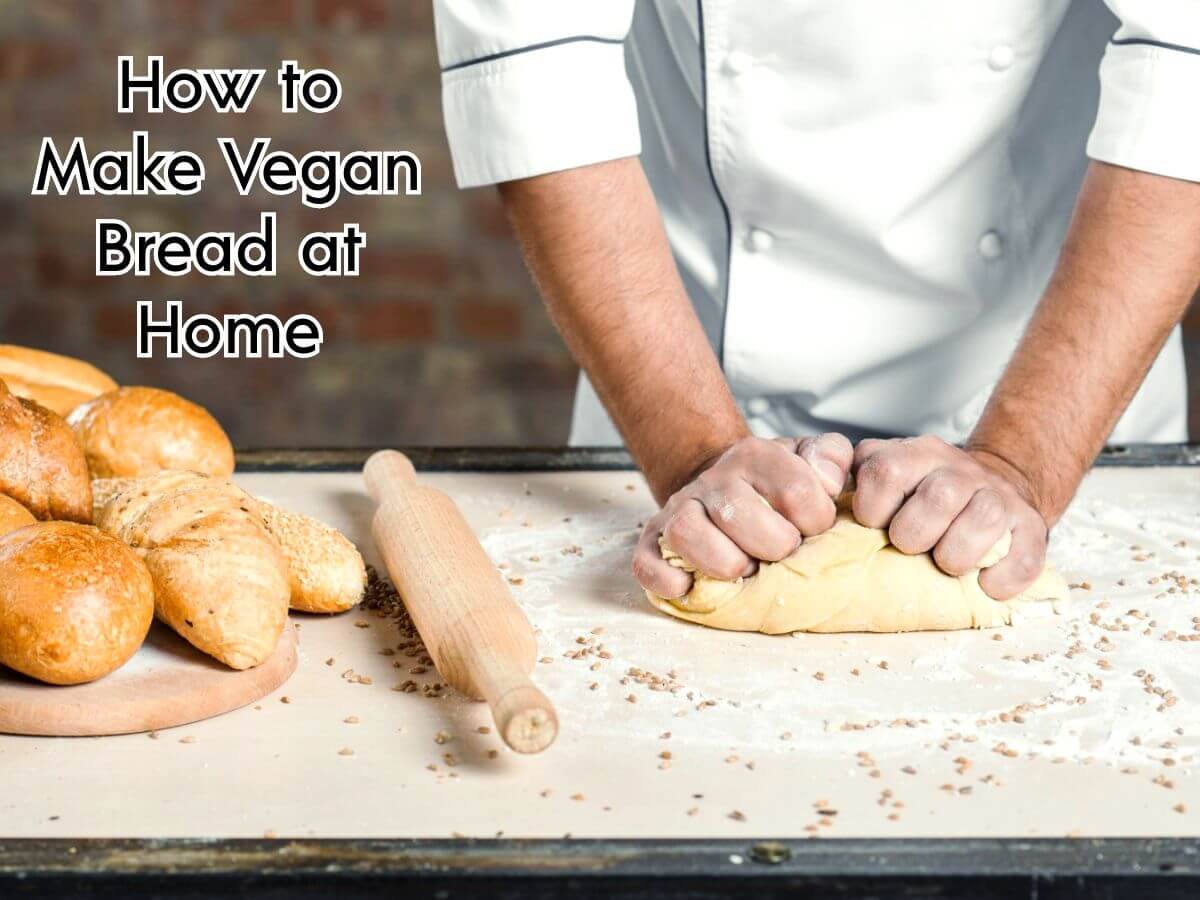
How to Make Vegan Bread at Home
Making vegan bread at home is easy and can be a fun and rewarding experience. To make vegan bread at home, you need flour, yeast, vegetable milk and a few other ingredients.
For those of us who are vegan, bread can be a tricky ingredient to work with, since many varieties contain eggs or dairy. But with a few vegan substitutions, you can make delicious, homemade vegan bread that everyone will enjoy.
- The first step to making vegan bread at home is to gather all the ingredients you need. You’ll need all-purpose flour, baking powder, baking soda, salt, vegan butter, coconut sugar, and unsweetened non-dairy milk. Make sure to check the labels of the butter and milk to ensure they are vegan-friendly.
- Once you have all the necessary ingredients, it’s time to mix them together. Start by sifting the flour, baking powder, baking soda, and salt together in a large bowl. In a separate bowl, cream together the vegan butter and coconut sugar until light and fluffy. Then add the non-dairy milk and mix until combined.
- Next, slowly add the dry ingredients to the wet ingredients and mix until everything is combined. If the dough is too dry, you can add a bit more non-dairy milk. Once the dough is ready, transfer it to a lightly floured surface and knead it for about five minutes.
- Now it’s time to shape the dough into a loaf. If you are baking in a loaf pan, transfer the dough to the pan and shape it into a rectangle. If you are baking free-form bread, shape it into a round loaf. Place the loaf on a parchment-lined baking sheet and let it rise for about 30 minutes.
- Finally, it’s time to bake your vegan bread. Preheat your oven to 350 degrees Fahrenheit and bake the bread for 35-40 minutes, or until golden brown. Let the bread cool before slicing and serving.
Making vegan bread at home is a great way to enjoy a delicious, plant-based treat. With a few simple ingredients and a little bit of time, you can create a delicious loaf of vegan bread that everyone will enjoy. Give it a try and enjoy your homemade vegan bread!
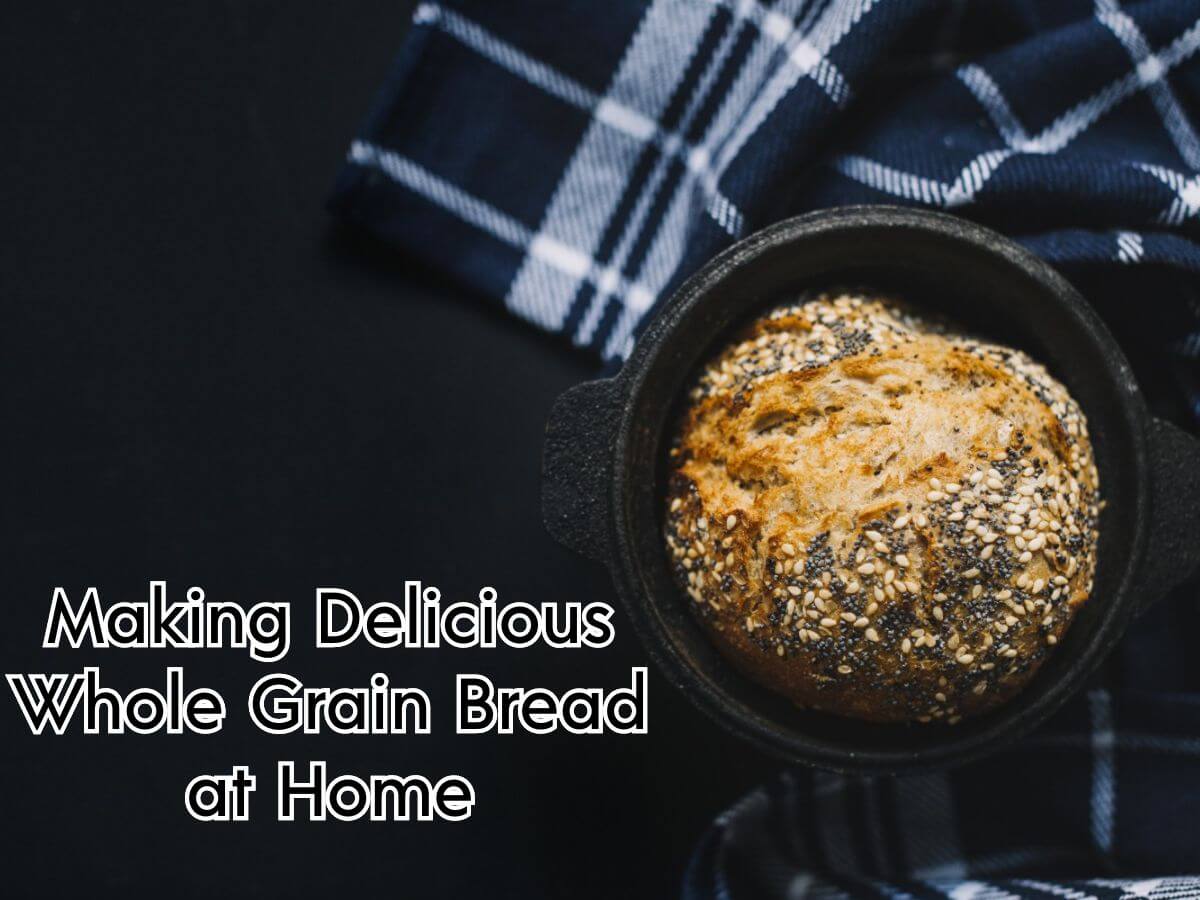
Baking Whole Grain Bread From Scratch – Step By Step Guide
Making vegan whole grain bread from scratch is an art! If you’ve ever wanted to surprise your friends and family with a delicious and nutritious vegan loaf of bread, then this step by step guide is for you. All you need are a few simple ingredients, a bit of patience, and a little elbow grease.
- First, you’ll need to gather your ingredients: whole wheat flour, vegan yeast, sugar, salt, and vegan butter or oil. You’ll also need some warm water and a good mixing bowl. When it comes to vegan bread, whole grain flour is king. It’s full of vitamins, minerals, and fiber, and it tastes great when combined with the other ingredients.
- Once you’ve got your ingredients together, it’s time to start baking. Begin by mixing the yeast, sugar, and salt together with some warm water in the mixing bowl. After that, add in the vegan butter or oil and mix it all together. Then, slowly add in the flour, a little bit at a time, until it’s all mixed together and forms a dough.
- Now it’s time to knead the dough. Kneading is an important step in making vegan whole grain bread, as it helps to develop the dough’s texture and flavor. Knead the dough for about 10 minutes, until it’s smooth and elastic. Once the dough is ready, shape it into a loaf and place it in a greased loaf pan.
- Next, cover the loaf and let it rise for about an hour. This is an important step in making vegan whole grain bread, as it helps the dough to expand and become light and fluffy. Once the dough has risen, it’s time to bake it. Preheat your oven to 375 degrees and bake the loaf for about 40 minutes, or until it’s golden brown.
- Once your vegan whole grain bread is finished baking, remove it from the oven and let it cool for about 15 minutes before slicing. Enjoy your homemade vegan bread with a delicious spread or as part of a hearty sandwich. With this step by step guide, you’ll be baking vegan whole grain bread from scratch in no time!
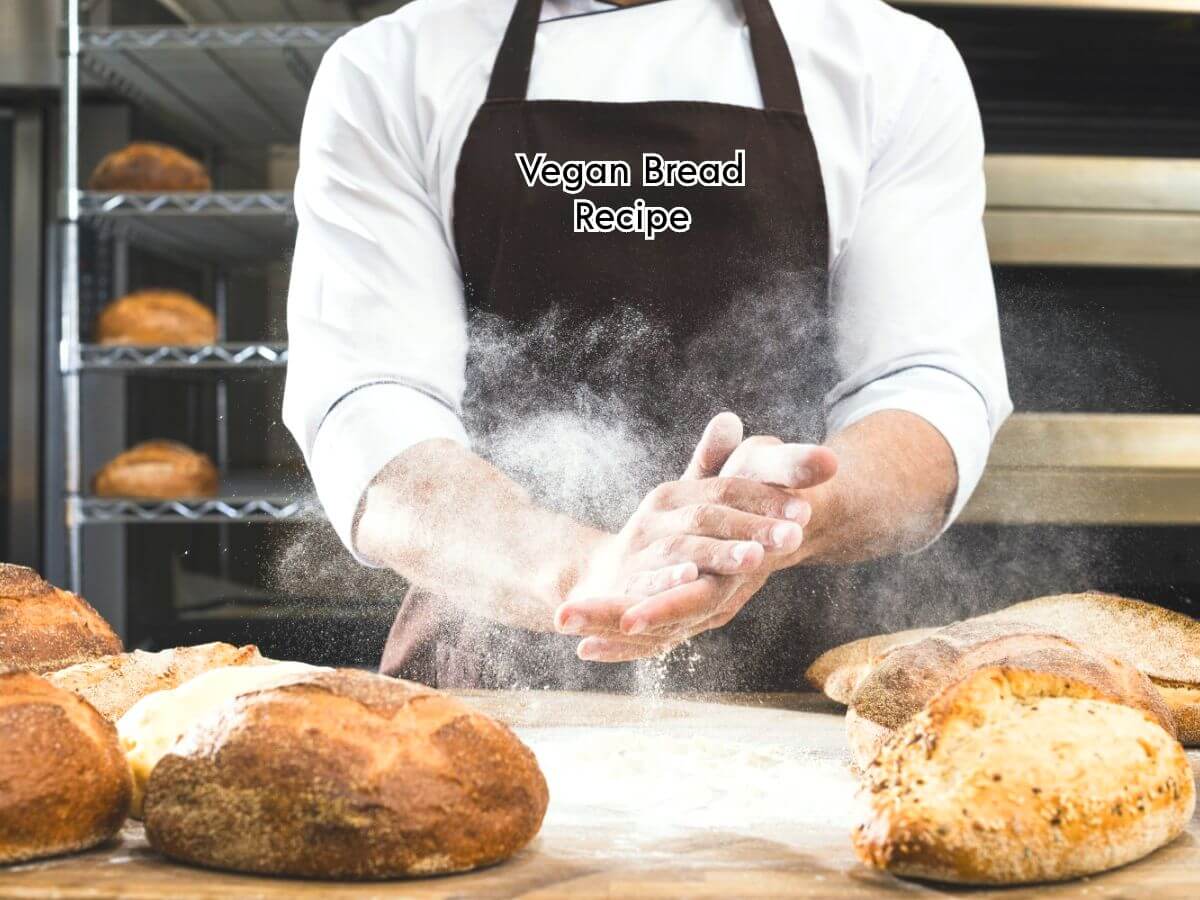
Common Questions About Vegan Bread
Many people have questions about vegan bread. Some common questions include: Is vegan bread healthy? What is the difference between vegan bread and regular bread? Is vegan bread more expensive? Can I make vegan bread at home?
The answer to all of these questions is yes. Vegan bread is a healthy, plant-based alternative to traditional breads. It is made without any animal products or byproducts, so it is typically lower in saturated fat and cholesterol. Additionally, vegan bread is often more expensive than traditional breads, but it can be made at home for a fraction of the cost.

Can vegans eat bread and pasta?
Yes, vegans can eat bread and pasta. Many breads and pastas are vegan-friendly, as they do not contain any animal products. Breads made with plant-based flours such as wheat, spelt, and rye are all vegan-friendly. Additionally, some breads may also include nuts, seeds, and dried fruits. Pasta is also a vegan-friendly dish, as it is typically made with durum wheat flour and water. It is important to read the labels on the packaging of both bread and pasta in order to make sure that they do not contain any animal products, such as eggs or dairy. Additionally, some breads and pastas may contain honey, which is not considered vegan. If you are looking for vegan-friendly breads and pastas, Whole Foods, Trader Joe’s, and health food stores often have an array of options available.

Do vegans eat bread with yeast?
Yes, vegans can eat bread with yeast. Yeast is a type of single-celled fungus, so it is considered vegan-friendly. Many types of bread contain yeast, such as sourdough, rye, and whole wheat. Vegans can also find yeast-free options like cornbread, flatbread, or matzo. In addition to bread, vegan-friendly dishes that contain yeast include savory items like pizza dough and focaccia, as well as sweet treats like cinnamon rolls and cake. However, it’s important to read labels to make sure that the yeast used in products is vegan-friendly. Some commercially-made yeast products, such as nutritional yeast, may contain animal-derived ingredients like whey or casein.

Is white bread vegan?
Generally, white bread is considered vegan-friendly since it does not contain any animal products. However, this can depend on the specific brand of white bread and its ingredients. Some brands may add dairy or other animal products to their white bread recipes, so it’s important to check the label on the packaging to make sure it doesn’t contain any animal ingredients. Additionally, some white breads may contain honey or other sweeteners derived from animals, such as beeswax or lanolin, which are not considered vegan. It’s also important to check for additives, such as emulsifiers, that might be derived from animal sources. Finally, some brands may use animal by-products, such as whey or casein, in their white bread production, so it’s important to read the ingredient list carefully before purchasing a product.

Is sourdough bread vegan?
Generally speaking, sourdough bread is vegan-friendly. Sourdough bread is made with a combination of flour and water, which creates a natural fermentation process. This fermentation process helps to break down the gluten proteins in the flour, making it easier for the body to digest. As such, sourdough bread does not contain any animal products or by-products, making it suitable for vegans. However, it is important to ensure that any other ingredients used in the bread are also vegan-friendly. For example, some brands may add honey or other animal products to their sourdough recipe, which would make it unsuitable for vegans. If you’re unsure about whether a particular brand of sourdough bread is vegan or not, it’s best to read the label or contact the manufacturer directly.

Are bagels vegan?
Bagels are generally vegan, as they are made from vegan-friendly ingredients, such as flour, yeast, water, and salt. However, it’s important to read the label to make sure the bagels do not contain any animal products, such as eggs, dairy, or honey. Additionally, it’s important to look out for added sugars, oils, and preservatives, which can be unhealthy.

Is french bread vegan?
French bread is typically vegan-friendly, as it is usually made from just flour, water, yeast, and salt. However, some bakeries may add dairy or eggs to their french bread recipes, so it is important to check the ingredients list before purchasing. Additionally, some French breads are topped with butter or other animal-derived ingredients, so you will want to check the label if you are looking for a vegan option.

Can vegans eat garlic bread?
Yes, vegans can eat garlic bread, provided that the ingredients used to make it are vegan-friendly. Many store-bought garlic bread products contain cheese, so vegans should always check the label before purchasing. If cheese is not listed as an ingredient, then it is likely vegan-friendly.
Homemade garlic bread is also a great way for vegans to enjoy this delicious treat. To make vegan garlic bread, simply replace the butter or margarine with a vegan alternative such as coconut oil or vegan butter. You can also opt for a dairy-free cheese to sprinkle on top of the bread. Try using a vegan Parmesan or nutritional yeast to get that cheesy flavor without actually using any dairy.
Garlic bread can be a nutritious and tasty snack for vegans when made with the right ingredients. It is a great addition to pasta dishes, salads, and soups. With a few tweaks, vegans can enjoy the same garlic bread that everyone else does.

What kind of bread do vegans eat?
There are many different types of vegan-friendly bread that can be enjoyed by vegans. These include wholewheat and spelt bread, rye bread, pumpernickel bread, sourdough bread, and bagels. Some vegan breads may contain ingredients such as oats, nuts, seeds, and grains, which provide additional nutrition and nutrients. Additionally, some vegan-friendly breads are fortified with vitamins and minerals to provide even more nutrition. Many vegans enjoy using whole grain bread for sandwiches and toast, as it is a healthier alternative to white bread. Other vegan-friendly options include flatbreads, tortillas, focaccia, and naan. There are also a variety of vegan-friendly sweet breads such as banana bread, zucchini bread, pumpkin bread, and cinnamon raisin bread. With so many delicious vegan-friendly breads available, vegans have a wide variety of options when it comes to choosing their favorite type of bread.
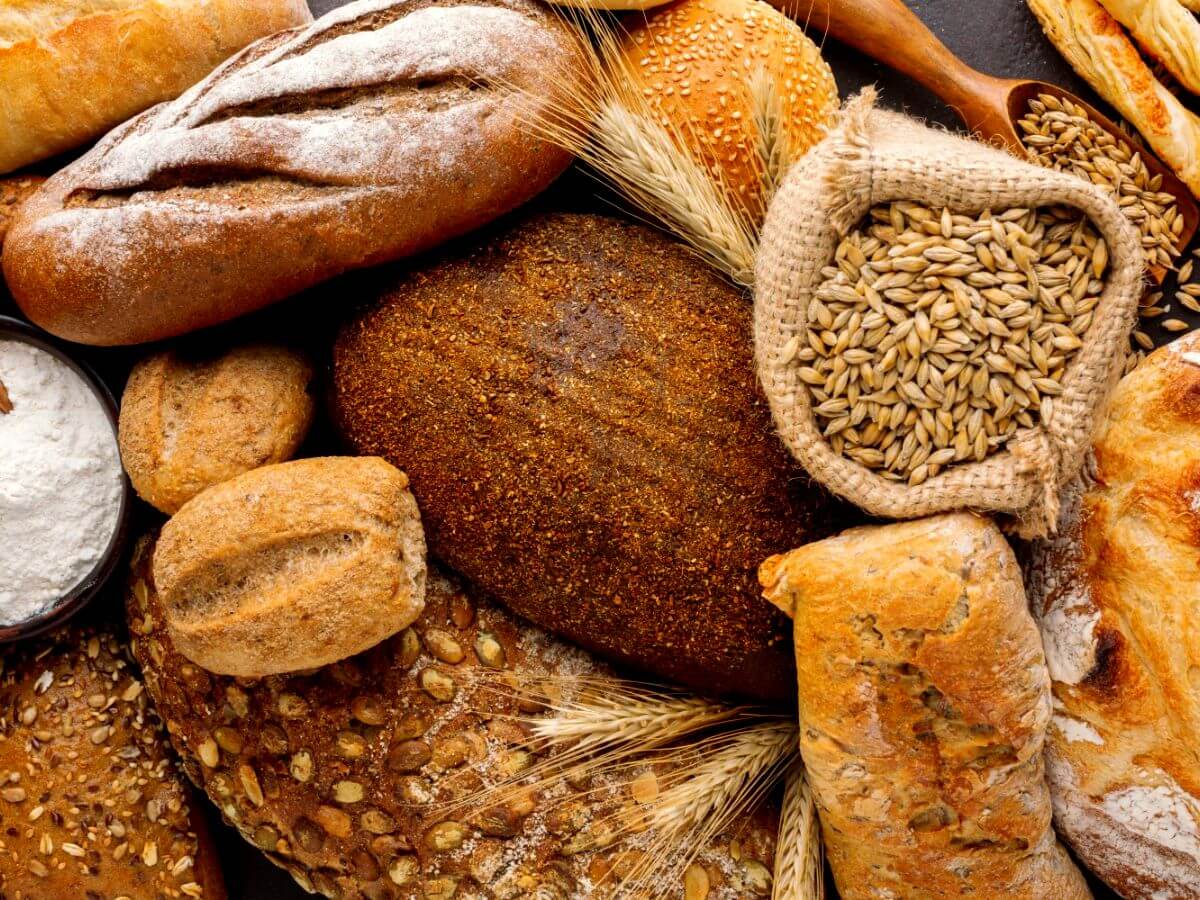
What to Consider When Eating Bread as a Vegan
When selecting bread as a vegan, it’s important to consider the ingredients. Look for bread that is made with plant-based ingredients only and avoid bread that contains animal products or byproducts. It’s also important to check the labels for any animal-derived ingredients or products. Additionally, some bread may contain added sugars or preservatives, so it’s important to read the label to ensure that the bread is vegan and does not contain any animal-derived ingredients.
So what makes a bread not vegan?
- Milk
- Eggs
- Casein
- Powdered milk
- Sodium casinate
- Whey
- Cream
- Caseinate
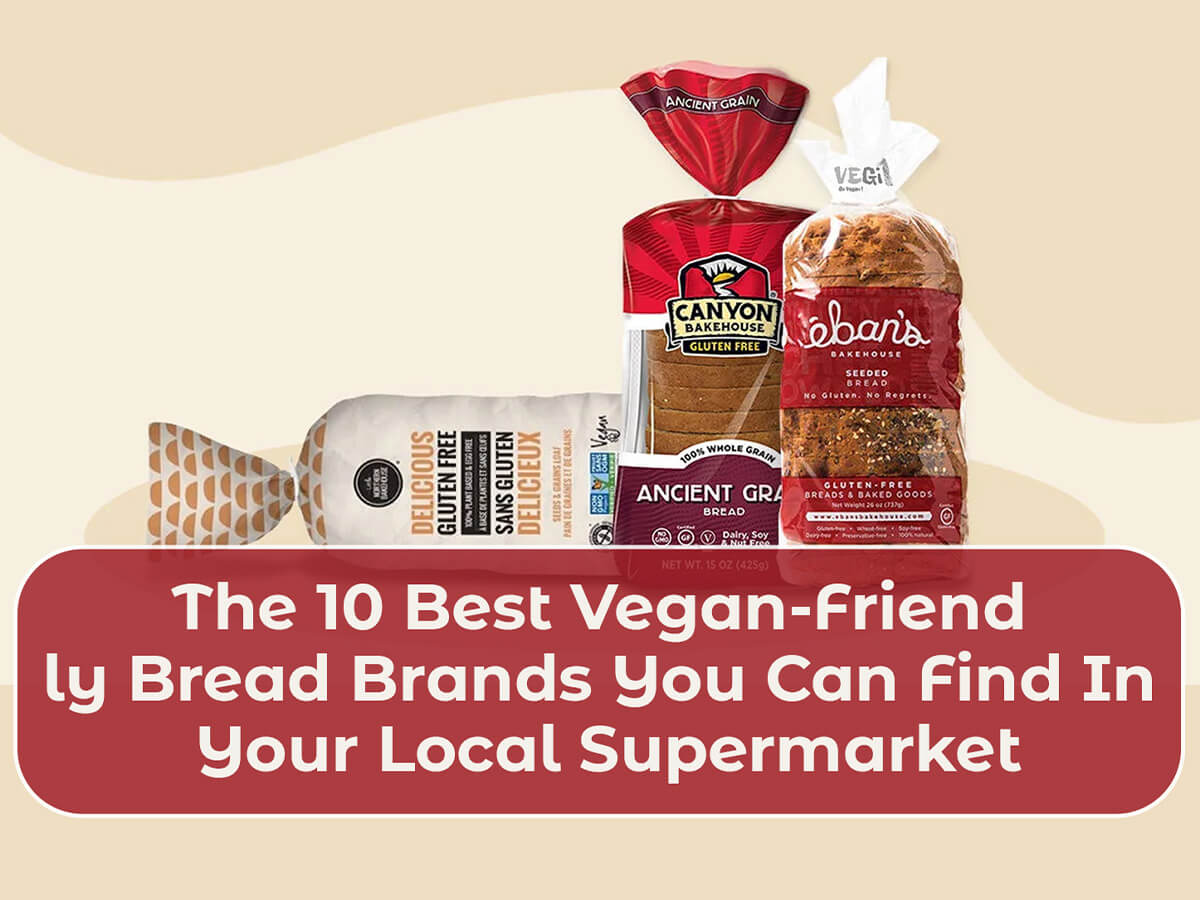
Popular Vegan-Friendly Bread Brands
There are many vegan-friendly bread brands on the market. Some of the most popular vegan-friendly bread brands include Dave’s Killer Bread, Food for Life, and Angelic Bakehouse. When selecting vegan-friendly bread, it’s important to read the label to ensure that the bread does not contain any animal-derived ingredients or products.
The 10 Best Vegan Bread Brands That You Can Find In Your Local Supermarket
|
Kinnikinnick Foods – Gluten-Free
|
|
Ener-G – Gluten-Free
|
|
Glutino – Gluten-Free
|
|
Ezekiel / Food for Life – Gluten-Free
|
|
Glutino – Gluten-Free
|
|
Manna Organics – Gluten-Free
|
|
Mission Corn Tortillas – Gluten-Free
|
|
New Grains Bakery – Gluten-Free
|
|
Northern Bakehouse- Gluten-Free
|
|
Paleo Wraps – Gluten-Free
|
|
Silver Hills – Gluten-Free
|
|
Rudi’s Organic – Gluten-Free
|
|
Sandwich Petals – Gluten-Free (tortillas)
|
|
Three Bakers – Gluten-Free
|
|
Udi’s Gluten Free
|
|
Trader Joes Whole-Wheat Lavish
|
|
Trader Joes’ brand
|
|
Veganic Ancient Whole Wheat
|
|
Thomas Bagel Thins
|
| Simply Nature |
| Nature’s Own |
| Arnold Thins |
| Arnold Rolls |
|
Dave’s Killer Bread
|
|
Alvarado Arnold Bread
|
| Engine 2 |
|
Cobblestone Bread Co.
|
| Aldi |
| Thomas Bagel |
|
La Tortilla Factory
|
|
Weight Watchers English Muffins
|
|
Whole Foods 365 Brand
|
|
Thomas Sahara Pita
|
| Tortilla Land |
|
Thomas Mini Bagels
|
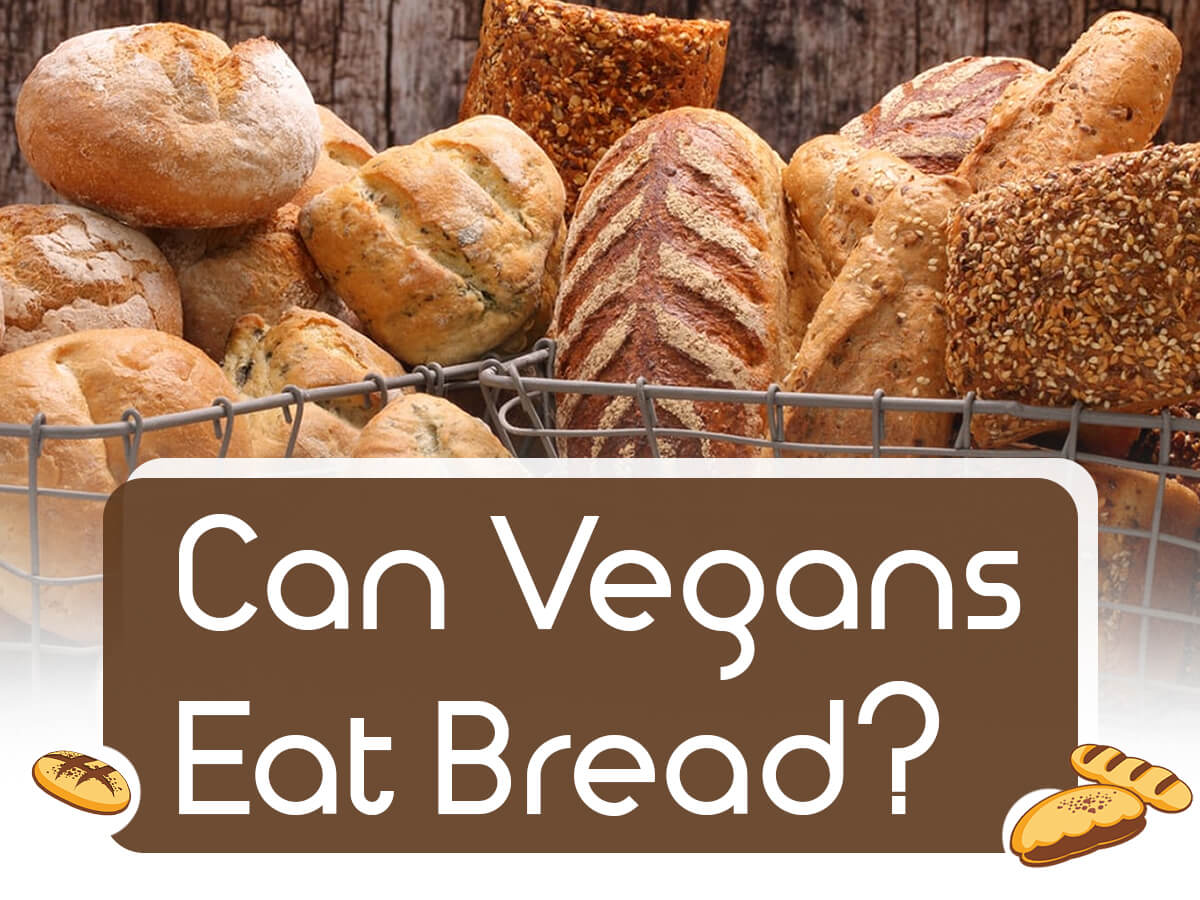
Summary and Conclusion
Vegans can enjoy bread just like everyone else, but it’s important to choose vegan-friendly breads. Whole-grain breads are generally the best choice, as they are packed with fiber, vitamins, and minerals. Additionally, it’s important to read the label to make sure the bread does not contain any animal products, such as eggs, dairy, or honey, and to look out for added sugars, oils, and preservatives. With a bit of research and some simple ingredients, you can make delicious vegan-friendly breads at home. So, go on and enjoy some vegan-friendly bread!
In conclusion, vegan bread is a great option for those looking for a plant-based alternative to traditional breads. Vegan bread is typically made with a combination of flour, yeast, and plant-based ingredients such as olive oil, water, and sugar. When selecting vegan bread, it’s important to read the label carefully and look for any animal-derived ingredients or products. Additionally, there are many vegan-friendly bread brands available on the market, as well as many recipes for making vegan bread at home. With a little bit of research, it’s easy to find vegan bread that is both delicious and nutritious.
